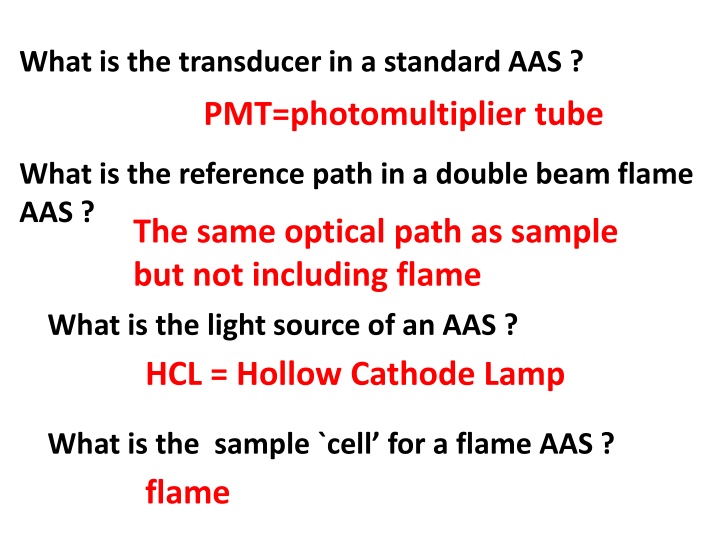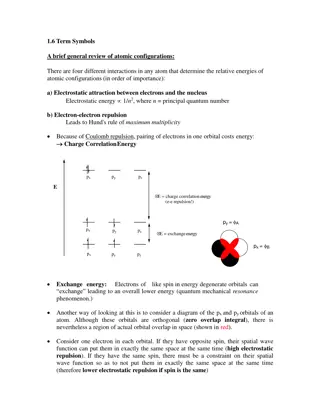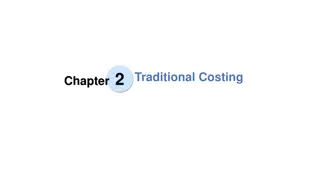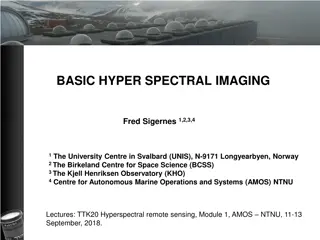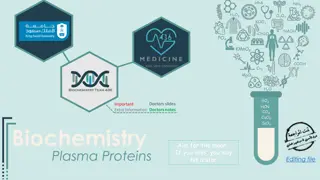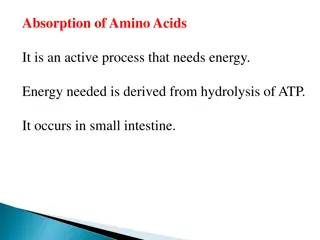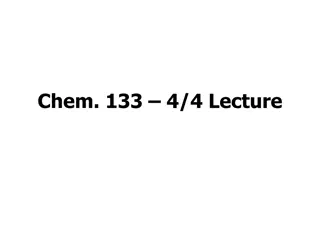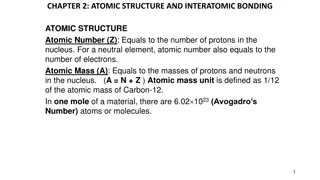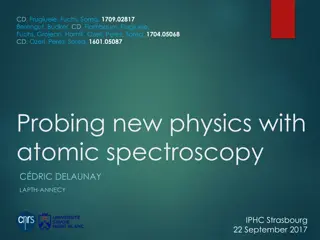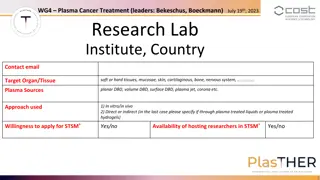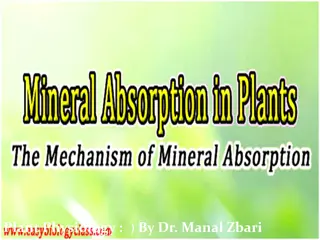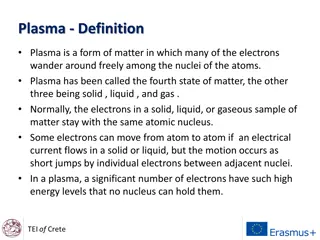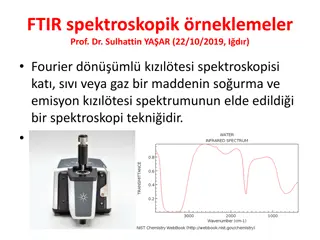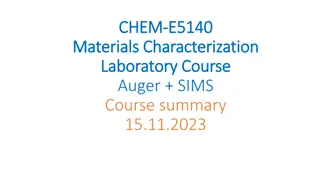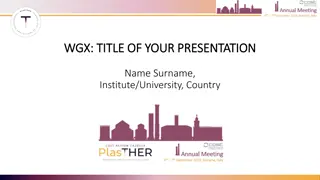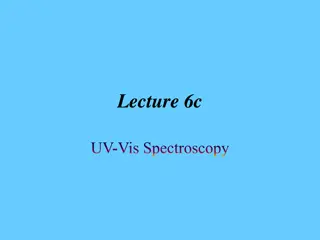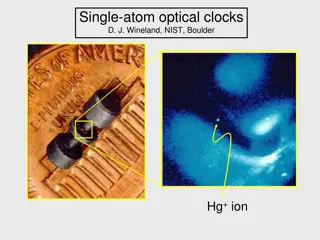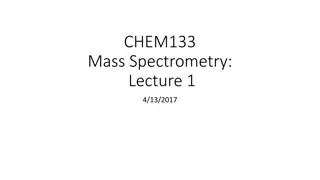Atomic Absorption Spectroscopy and Inductively Coupled Plasma
Principles and techniques behind Atomic Absorption Spectroscopy (AAS) and Inductively Coupled Plasma (ICP) analysis. Learn about transducers, light sources, sample cells, drawbacks, and advancements in spectroscopic methods.
Download Presentation

Please find below an Image/Link to download the presentation.
The content on the website is provided AS IS for your information and personal use only. It may not be sold, licensed, or shared on other websites without obtaining consent from the author.If you encounter any issues during the download, it is possible that the publisher has removed the file from their server.
You are allowed to download the files provided on this website for personal or commercial use, subject to the condition that they are used lawfully. All files are the property of their respective owners.
The content on the website is provided AS IS for your information and personal use only. It may not be sold, licensed, or shared on other websites without obtaining consent from the author.
E N D
Presentation Transcript
What is the transducer in a standard AAS ? PMT=photomultiplier tube What is the reference path in a double beam flame AAS ? The same optical path as sample but not including flame What is the light source of an AAS ? HCL = Hollow Cathode Lamp What is the sample `cell for a flame AAS ? flame
What is the `Achilles heel of the AAS method ? Slotted burner/nebulizer Name some problems with the above. Discards >90% of sample Chemical clogging (sulfates, carbonates, phosphates) Hard to reproduce identical atomization patterns What are the two monochromator designs common to AAS ? Ebert (single beam) Czerny-Turner (double beam)
What kind of light does an HCL produce ???? Discrete atomic lines Which is not a broadening source: a)Doppler b) pressure c) chemical d)uncertainty e) all broaden What two alternative additives can be added to samples to free metals of carbonates and other precipitate-forming compounds ? Releasing agents (lanthanum nitrate) Chelates (EDTA)
The HGA method is more sensitive than flame AAS but less:___________________ Reproducible ICP stands for: _____________________ Inductively Coupled Plasma Plasma torch The source of an ICP is the: ________________ The coupling of the rf/microwave field to a coil creates Ar+ which collide to heat the gas via ________heating Ohmic (collisional) The usual sampling fluorescence from the torch is : (U pick) radial axial circular circadian
The hottest temperature of the torch is:~10-12,000 K The temperature sampling of atoms is done is typically: _________________ 6300-6500 C Old school transducer arrangement for ICP Rowland circle New school transducer arrangement for ICP 2D array Charge Coupled Device (CCD) What combo of grating and prism is required for ICP ? Echelle grating and dispersing prism (need to make 2D spread of wavelengths)
Name two disadvantages of AAS ? Only does 1 element at a time Chemical interferences How does ICP allow you to simultaneously analyze many elements at once ?? Source plasma causes all sample elements to fluoresce and the 2D optics of ICP allows their simultaneous recording Which method(s) still require a nebulizer ? AAS Electrothermal ICP
WHAT TO READ IN SKOOG ON IR IR effect and phenomena Vibrational Modes pp 389-391 (16A-1) pp 395 (16A-4) Instrumentation: Dispersive (old school) FT (single beam (modern) FT theory Bits and pieces 16C-1,2 a)Sources 406-408 b)Transducers 408-409 c)Cells and samples 412-416 17A-1 d) ATR 427-428 pp 401-403 (16B-2) pp 397-401 (16B-1) pp 186-192 (7I-1 7I-3)
